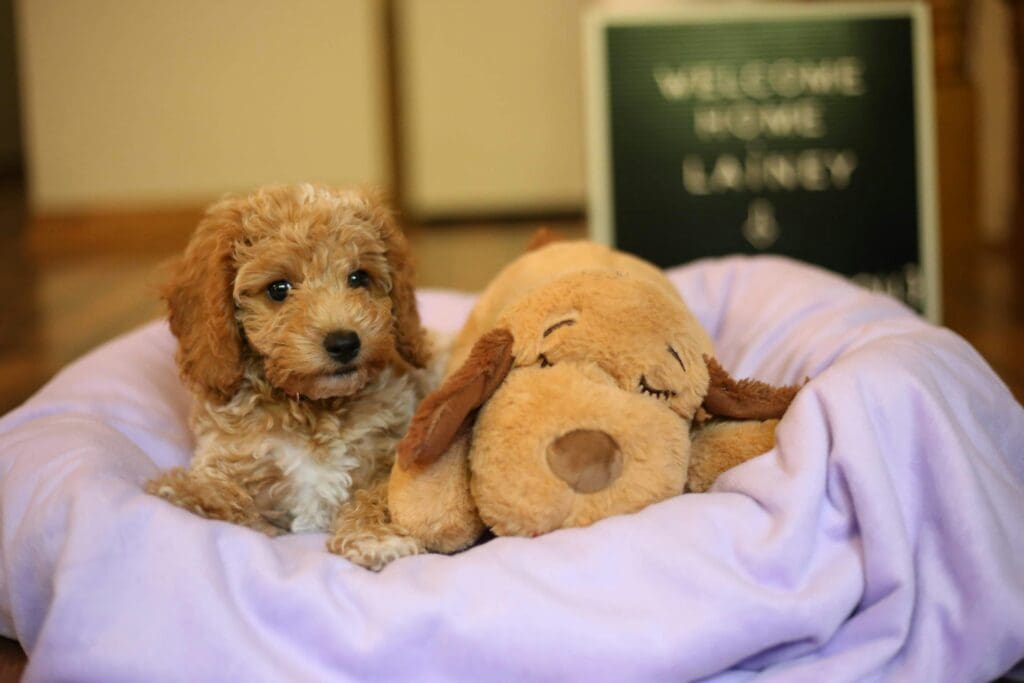Mastering Potty Training: A New Dog Owner’s Guide
Potty training is one of the most important first steps for new dog owners. While it takes patience and consistency, it’s also a wonderful way to build trust and communication between you and your pup. Whether you’re working with a young puppy or an older rescue, the process centers on routine, positive reinforcement, and understanding your dog’s signals.
Here’s how to set your new dog up for potty training success.
1. Establish a Consistent Schedule
Routine is everything when it comes to potty training. Dogs naturally want to eliminate after eating, playing, and sleeping, so use those moments to your advantage.
Take your dog outside:
-
First thing in the morning
-
After meals or drinking water
-
After playtime or naps
-
Before bedtime
At first, this might mean going outside every 1–2 hours. The goal is to give your dog plenty of opportunities to succeed — and fewer chances for accidents inside.
Consistency helps your pup learn faster and reduces confusion about where they’re supposed to go.
2. Choose a Designated Potty Spot
Pick one outdoor location for potty breaks and take your dog there each time. Dogs learn by scent, so the familiar smell will cue them that it’s the right place to go.
Use a specific cue word like “go potty” or “do your business.” Say it gently and consistently while your dog is eliminating — soon, they’ll associate the phrase with the action.
3. Reward Immediately and Enthusiastically
Timing is everything when rewarding your dog. Praise or give a small treat immediately after they finish going outside — not once you’re back indoors.
Positive reinforcement helps your dog understand that going outside is the right choice. Keep your tone happy and upbeat; excitement from you will make them eager to repeat the behavior.
4. Supervise Closely Indoors
Until your dog is fully potty trained, supervision is key. Keep them in the same room with you, or use baby gates to limit access to the rest of the house.
Watch for telltale signs that they need to go out: pacing, sniffing, circling, or whining. Catching these cues early can prevent accidents and teach your dog to communicate their needs.
If you can’t keep an eye on them, a crate or small confined area is a great tool — most dogs don’t like to soil where they sleep.
5. Handle Accidents the Right Way
Accidents happen — especially during the learning phase. If you catch your dog in the act, calmly interrupt with a gentle “uh-oh” and take them outside immediately.
If you find a mess after the fact, don’t punish or scold. Dogs don’t understand delayed consequences and may become fearful. Instead, clean the area thoroughly with an enzymatic cleaner to remove lingering odor and prevent re-marking.
Patience is crucial — every mistake is just another step toward learning.
6. Use the Crate as a Helpful Tool
A crate, when introduced positively, can make potty training much easier. Dogs naturally avoid eliminating where they sleep, so a properly sized crate teaches bladder control.
Make sure the crate is just big enough for your dog to stand, turn, and lie down comfortably. Too large, and they may use one corner as a bathroom.
Use it for short, calm rest periods and always take your dog outside right before and after crate time.
7. Adjust for Age and Needs
Young puppies have small bladders and may only last an hour per month of age (e.g., a 3-month-old puppy = about 3 hours). Senior or rescued dogs might need extra time and patience to adjust.
Stay consistent, celebrate small victories, and tailor your approach to your dog’s pace.
8. Stay Positive and Persistent
The secret to potty training success isn’t perfection — it’s consistency. Every successful trip outside reinforces good habits, while every calm response to a mistake builds trust.
Most dogs take several weeks to fully understand the routine, but your patience will pay off with a clean, confident companion.
Final Thoughts
Potty training is more than just teaching where to go — it’s about communication and building mutual understanding. By setting a schedule, praising progress, and handling setbacks with patience, you’ll turn this early challenge into a lasting bond.
Remember, every trip outside is another chance for your dog to learn and for your partnership to grow stronger. 🌿


